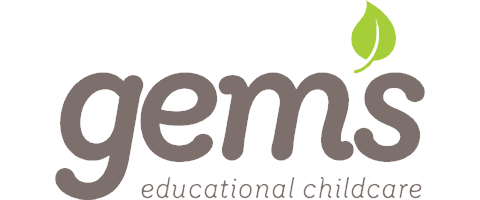Preparing Gems Miro's Environment For Return from Lockdown - Inga McKeown
This week at Gems Miro we have been busy setting up our learning spaces preparing for level 2 and the return of our tamariki on Monday!
Gems philosophy truly values the importance of the environment as the third teacher. Attuned teachers recognize children’s interests and intentionally set provocations to extend tamariki through play. Areas of play are constantly reflected on and adapted to spark curiosity, invite exploration, and provide comfort for our learners. This is especially important now as they return after our extended period of lockdown and resettle into our Gems spaces. A period of rediscovery and resettling as our children return to Gems places even more importance on beautiful and welcoming invitations to play.
The effort and thought that goes into creating beautiful spaces for children reflects the belief that children deserve the very best, and that their aesthetic senses need to be nurtured in the early years.
Children are active learners, which means play spaces need to be stimulating and offer children many opportunities. The environment needs to invite children to become involved and encourage them to explore a wide variety of materials (Fraser & Gestwicki, 2002).
The physical setting in which children play and learn is crucial in facilitating their experiences. The environment communicates to children ‘what’s ok in this place’, ‘what’s valued here’, and ‘how the child may behave, interact, and be involved’. We know that children learn through active participation with people, places, and things. This can be facilitated through the physical layout of space, access to resources and equipment, and through direct and subtle messages from adults and peers in an early childhood setting.
Intentional setups, as well as the availability of loose parts and open-ended resources, allow tamariki to explore naturally, constructing working theories and sharing ideas with their friends.
This set up is a range of natural ‘loose parts’. The provocation has stones set into stacks, and shapes, however they are open ended and can transform into play food for picnics, blocks for stacking, magical dinosaur eggs. The table is set up with carpet matts, to allow for a defined ‘workspace’ if the child chooses to focus independently. These stones have been collected by teachers and children from the local area, and each stone is unique. Looking closely at the beauty of these stones encourages an appreciation of the natural world!
This car track set up really caters to our tamariki exploring the trajectory schema. Wooden blocks can be shifted, stacked and connected to change the speed and direction of the cars. Other loose parts such as PVC pipes are often added by the children as they learn about direction, gravity, force and motion! This table is intentionally chairless, allowing children to work together sharing space and moving around the table.
This baby dressing set up is intentionally on a round table, encouraging social play and the sharing of resources. The baby clothes are set out to invite bathing and dressing, with carriers and cots nearby. Dramatic play with babies is a great way to build empathy and compassion for others, as children gently care for something other than themselves. Dramatic play also helps with language development, by communicating between one another tamariki can strengthen their vocabulary by filling it with practical language. By communicating in this way with their friends, children gain insight into home routines that may be different from their own. In this way they discover the world around them.
Beautiful autumnal colours and smells at the art table ready to explore!
And of course……. Fridah is here ready and waiting for her friends to return with all sorts of delicious bugs from the garden!






